 Abraham Lincoln
If given the truth, the people can be depended upon to meet any national crisis...
Abraham Lincoln
If given the truth, the people can be depended upon to meet any national crisis...
 Guildford news...
for Guildford people, brought to you by Guildford reporters - Guildford's own news service
Guildford news...
for Guildford people, brought to you by Guildford reporters - Guildford's own news service
Birdwatcher’s Diary No.239
Published on: 7 Sep, 2021
Updated on: 7 Sep, 2021
By Malcolm Fincham
As we entered into the last two weeks of August the weather had become settled. Temperatures stayed just below average for several days, and mostly overcast too.
The breeze was light, and one could almost imagine it to be late September or early October, if it wasn’t for the surrounding greenery.
We had entered a brief spell of what the Met Office regard as a “col” – an area juxtaposed between both high and low pressures bringing little of anything at all in the way of weather.
A retrogression in the high pressure over the UK is a rare event especially at this time of the year and by the last week of the month it had situated itself over the British Isles bringing a light northerly breeze. There was still plenty of warmth, enough for me, in the sun when it did shine with temperature reaching a comfortable 22c.
The tide was progressively turning with respect to our avian summer visitors. For now, their breeding seasons were coming to an end. I was content with my local ‘rambles’ around the west Surrey ‘patches’ that I usually attend, with half an eye out for anything unusual I might spy.
At the Riverside Nature Reserve, near Burpham, butterflies were struggling to find enough warmth to fly. A holly blue flew up and down the canal track eventually landing on the towpath for a photo.
Two grey herons could be viewed, perched up in an oak tree.
A small group of linnets could be heard, and occasionally seen, among the brambles adjacent to Stoke Lock. The males still in summer plumage, still showing off their bright red chests.
At Stoke Lake, a kingfisher could still occasionally be seen in the trees on its only island at the southern end of the lake.
A pair of great crested grebes could be seen on the lake, now parading their two, now reasonably sized young.
A common buzzard flew low over the trees and hedgerows that bordered the eastern side of the field that bordered the busy A3.
A family of long-tailed tits could be heard making their contact calls as they worked their way through the sallows that bordered the lakeside.
On August 25, a whinchat showed up on the meadows to the south of the lake. Perching up proudly on one of the few hawthorn bushes that grow there.
Movement from within the bush eventually gave up the sighting of a common whitethroat and a reed bunting.
A small flock of goldfinches gathered to feed on thistle seeds.
August 28 brought the arrival of two more whinchats in the same area of the meadow. They had also decided to stop off to rest a while as they made their long journey back to Africa.
As most birds tend to prefer clear skies to fly, it was quite possible that the continuing overcast weather had stalled them temporarily from leaving our shores.
Despite the cloudy sky, weather conditions remained dry, and several common blue butterflies could be found in the long grass to the south of the lake.
On Denbies Hillside, near Dorking, making the most of the dry spell, though most with wings closed, adonis blue butterflies were still out on their second broad of the year.
On my visit to Whitmoor Common I was pleasantly surprise to see the heather in flower. Belted Galloway cattle roamed one of the three enclosures that had been provided for them.
The heather made for good camouflage for the Dartford warblers that reside there.
Families of stonechats could now be seen.
While immature linnets could be heard pestering their parents. And a stag roe deer moved silently through the long grass.
At Britten’s Pond, a part of Whitmoor Common, just the other side of the railway line off Salt Box Road, a plethora of sounds came from the trees and bushes. Most common were the contact calls from chiffchaffs.
A treecreeper could be heard and seen close to the woodland area at the back of the pond.
While several nuthatches continued to be vocal.
A number of grey wagtails could also be viewed from time to time, as they flew in their undulating mode across the lake.
A few black-headed gulls had made their return, already in absence of their summer plumage brown heads.
Moorhens, as well as their almost fully grown young, played ‘dare’ on the branches that overhung the water.
While the four cygnets, still in good health, remained ambient to their parents as they drifted majestically around the pond.
If lucky, as I was on far more occasions than I deserved, the “peeping” sound of a kingfisher would alert me to its location, then flying ‘bullet-like’ low across the water.
Sometimes even having the good fortune of seeing it perched-up close by.
Swallows and house martins continued to be viewed, often seen skimming across the water.
On August 28, three swifts briefly joined their party, before continuing their journey south.
Having seen and photographed a sparrowhawk there just a few weeks ago (shown in above picture), I was intrigued by a similar sighting. On this occasion, however, the bird in question appeared to be larger. “About the size of a buzzard,” I would have said?
I watched and took a few photos as it flew low over the tree-line at the back of the pond. To me it looked a good candidate for a goshawk. What do you think?
Returning to the car park a few purple hairstreak butterflies could still be viewed in an oak tree. Following their fickle flight pattern, eventually one settled within view.
The realisation heather was now in bloom on local heathlands, seduced me to Thursley Common. As most of Surrey’s heathlands had been blessed with wet conditions during the breeding season, I knew, even if I didn’t see a single bird there, just to see that “purple haze all around”…. “’S’cuse me while I kiss the sky”! [Ed: A reference to the song by Jimi Hendrix].
As it happens, it turned out there was plenty of other things to behold. The damp soil had already promoted a few fungi to grow. This one I believe to be a tawny grisette.
Grayling butterflies were now more prominent than in my previous first recorded sighting this year, earlier in the month.
A painted lady butterfly made an appearance, briefly settling on some heather.
Speckled wood butterflies could be seen about.
In the Parish field a group of woodlarks could be seen feeding.
Families of stonechats perched up flowering stems and having had the pleasure of seeing one on my previous visit, once again, I found a hornet robber-fly.
Another critter I found was a hornet-hover-fly (possibly female?) one of the largest and most impressive hover-flies in the UK.
It looks like a dangerous, stinging hornet but is actually harmless. This mimicry helps keep predators away. It first colonised Britain in the early 1940s and was once regarded as rare.
Since then it has become well established in the South East. It can be seen from May to October – so worth keep your eyes peeled.
Recalling a visit there with Harry Eve a few year’s ago, I was able to find a bee wolf wasp. This is a large solitary wasp, most often found on sandy areas of lowland heath and coastal dunes.
They used to be extremely rare, with just a few scattered populations in southern England, but in the last few decades they have expanded their range dramatically.
With much credit to Harry, who recently sent me a photo of a downland villa bee-fly, he took at Effingham Golf Club a few days ago (his third this year).
Having also seen one at Horsell Common, the downland villa bee fly is listed as endangered. They can be found in south-facing areas of the commons that have been well grazed by the cattle.
It’s so rare that it’s only been recorded a handful of times in previous decades. It uses its distinctive bee-like appearance to protect itself from predators.
Very little is known about this rare fly, and even less by me until I looked it up! It’s believed to rely on caterpillars of the noctuid moth for food. The largest family of macro-moths in the UK, where more than 400 species occur.
On August 25 on Pewley Down, the population of butterflies had by then diminished greatly. With the ones I could find on display now looking rather tatty. That was apart from the holly blue. These could, more often than not, be seen along hedgerows made up of mostly blackthorn, at the top of the downs southern vista.
I also had the fortune to find another brown hairstreak there.
As the month of August drew to a close, local farmers had already begun to harvest their grasslands. At Clandon Wood Burial Ground, Matt, the head groundsman was doing just that.
Alerted to a report that no fewer than 14 red kites were circling the area. I headed in the direction of Clandon.
To my delight, although by the time I arrived Matt had finished for the day, at least 10 red kites were still present, scouring low over the fields, looking for any small mammals that might be exposed in the stubble.
Several buzzards could also be seen circling overhead, in an inquisitive manner.
Adding to my day-list was a brown argus, one of just a few butterflies seen there that day.
Of all the sights and sounds I’d had the privilege to see and hear in the past few weeks, the most delightful one for me to hear was in my own back yard.
My local robins were beginning to find their voices once again as the month came to a close. Having gone through their summer moult, they were now back on show in pristine condition and once again singing to their audience.

Click on cartoon for Dragon story: Public Asked for Views on SCC’s Proposal for Reduced Speed Limits




Recent Articles
- Thames Water Announce Hosepipe Ban – But Not for Guildford
- Letter: Normandy Proposal Needs A Proper Services Audit
- Notice: Free Bereavement Support Programme
- Normandy Housing Plan Reignites Concerns Over ‘Damage To Our Community’
- Letter: The Class of 1955 Meets 70 Years On.
- Highways Bulletin: Reimagining Parking with Green Design
- Opinion: Never Have We Needed the Benefits of the Natural World More
- SCC Calls on the Government To Protect the Environment
- Two-Week Road Closure on Portsmouth Road for Gas Network Upgrade
- Charlotteville Cycling Club Organises Another Successful Race Event



Search in Site
Media Gallery
Dragon Interview: Local Artist Leaves Her Mark At One of England’s Most Historic Buildings
January 21, 2023 / No Comment / Read MoreDragon Interview: Lib Dem Planning Chair: ‘Current Policy Doesn’t Work for Local People’
January 19, 2023 / No Comment / Read MoreA3 Tunnel in Guildford ‘Necessary’ for New Homes, Says Guildford’s MP
January 10, 2023 / No Comment / Read More‘Madness’ for London Road Scheme to Go Ahead Against ‘Huge Opposition’, Says SCC Leader
January 6, 2023 / No Comment / Read MoreCouncillor’s Son Starts Campaign for More Consultation on North Street Plan
December 30, 2022 / No Comment / Read MoreCounty Council Climbs Down Over London Road Works – Further ‘Engagement’ Period Announced
December 14, 2022 / No Comment / Read MoreDragon Interview: GBC Reaction to the Government’s Expected Decision to Relax Housing Targets
December 7, 2022 / No Comment / Read MoreHow Can Our Town Centre Businesses Recover? Watch the Shop Front Debate
May 18, 2020 / No Comment / Read More



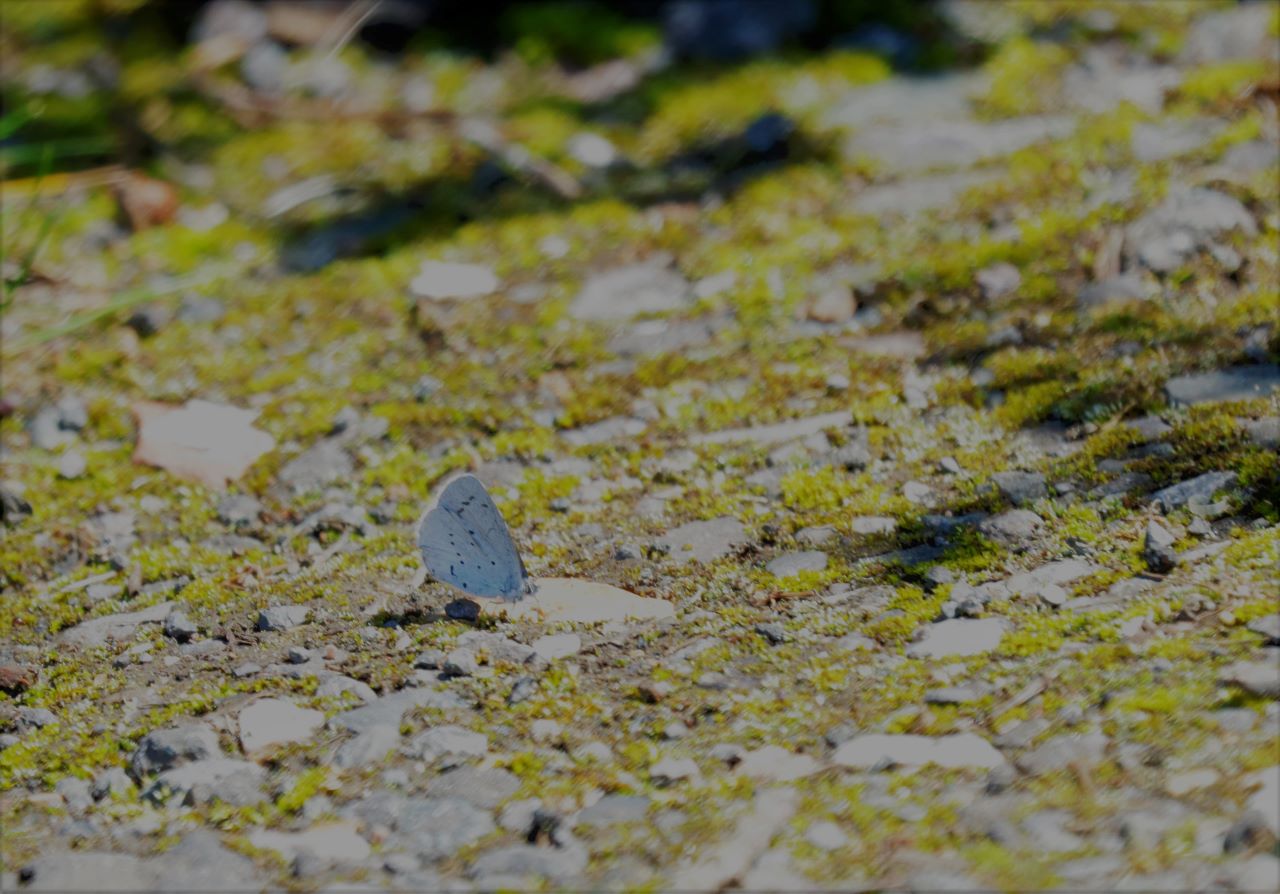

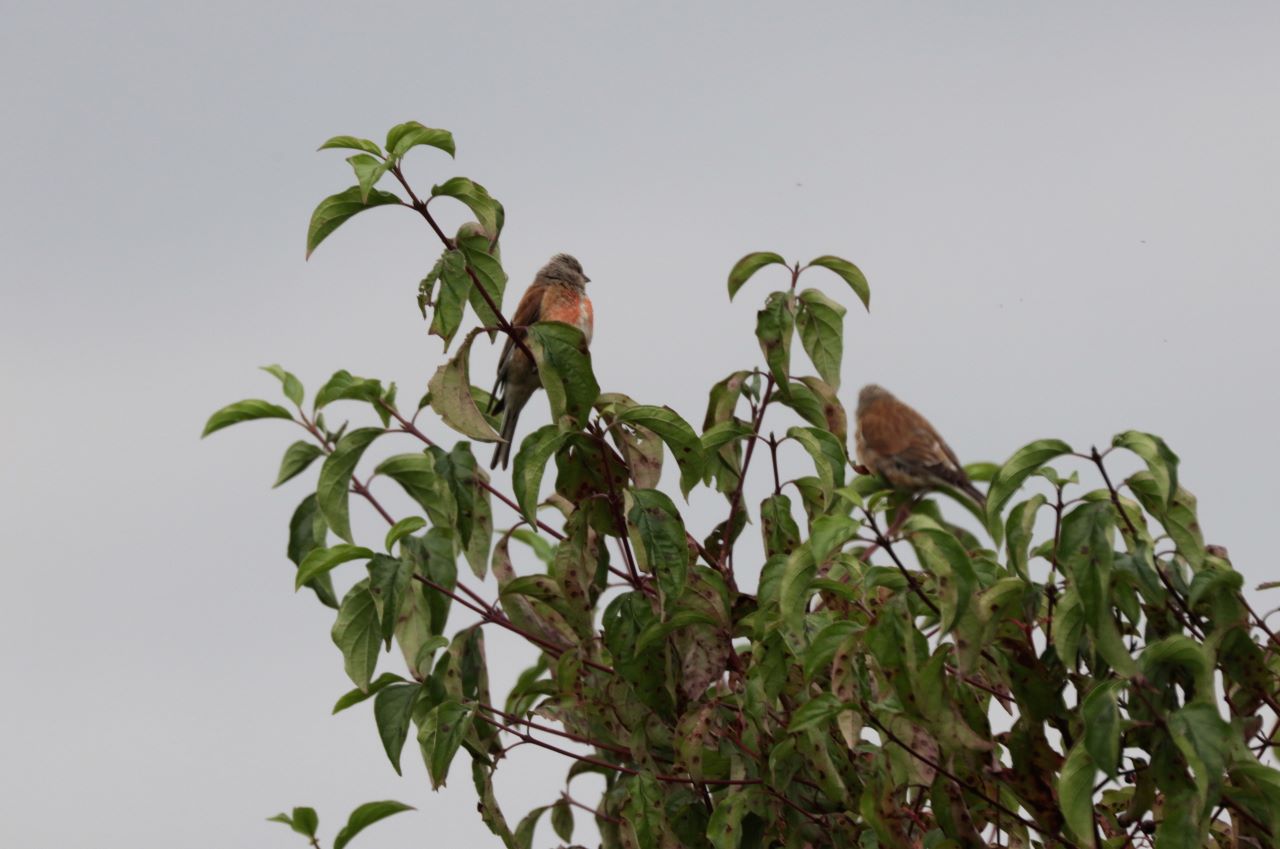

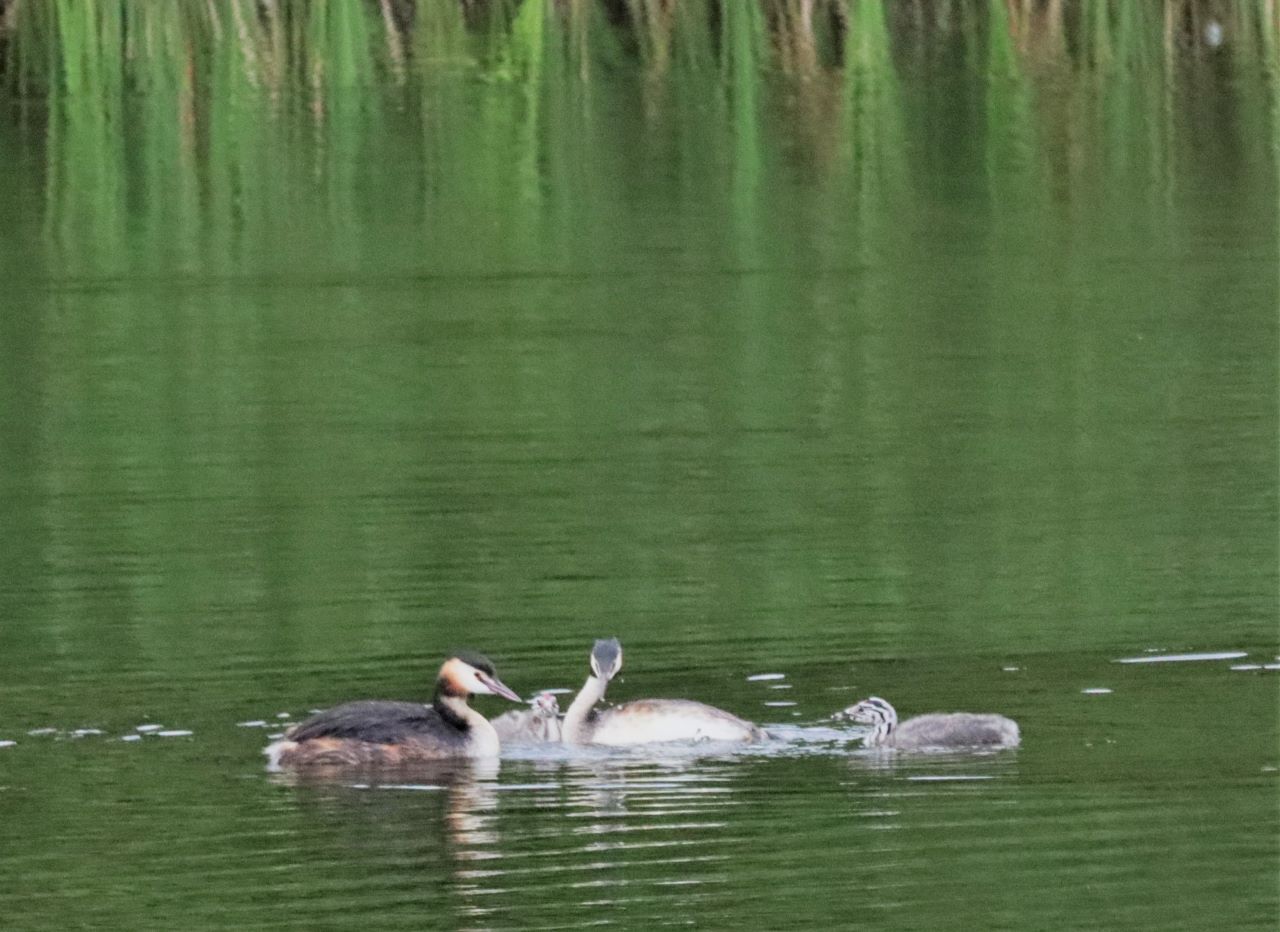

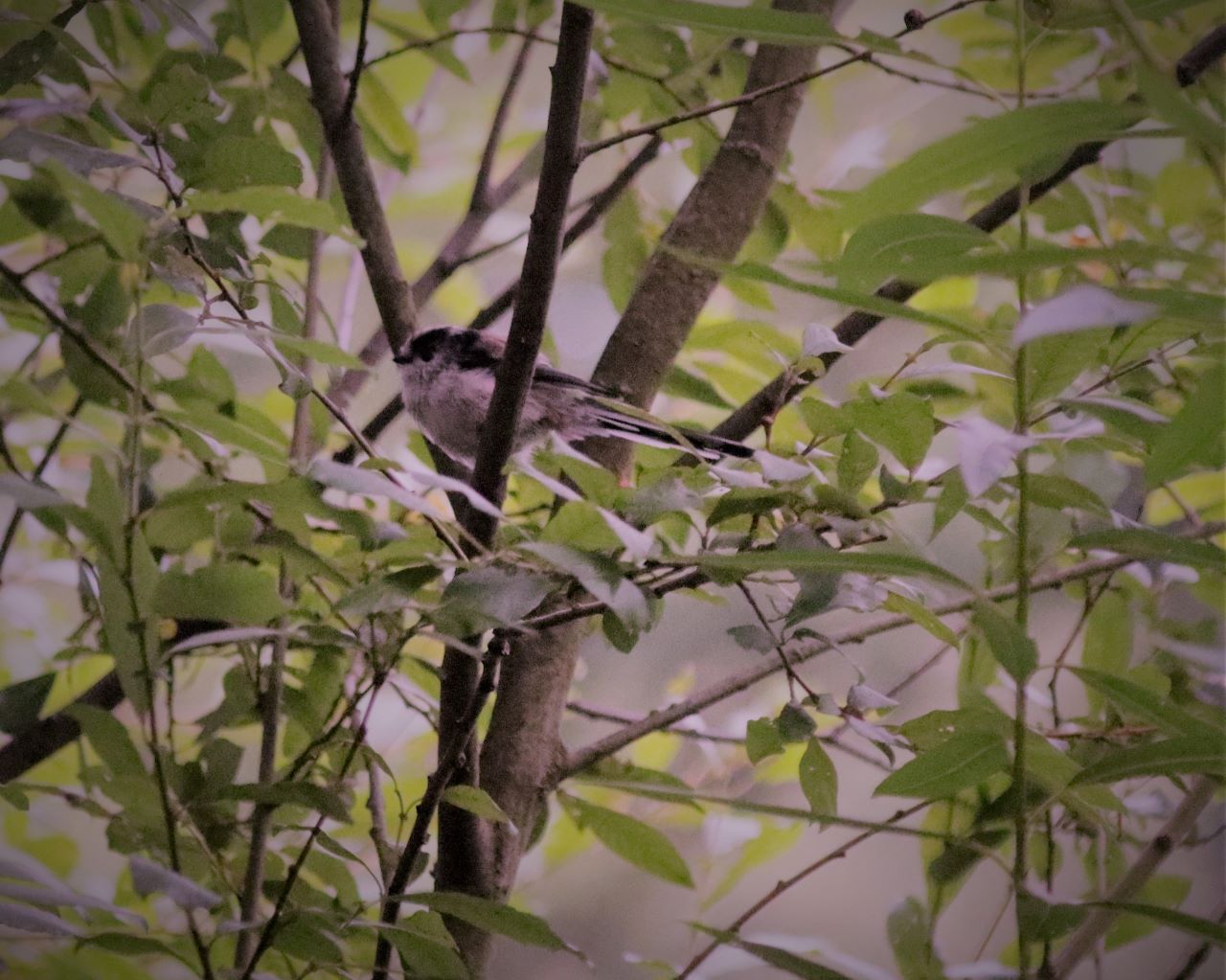
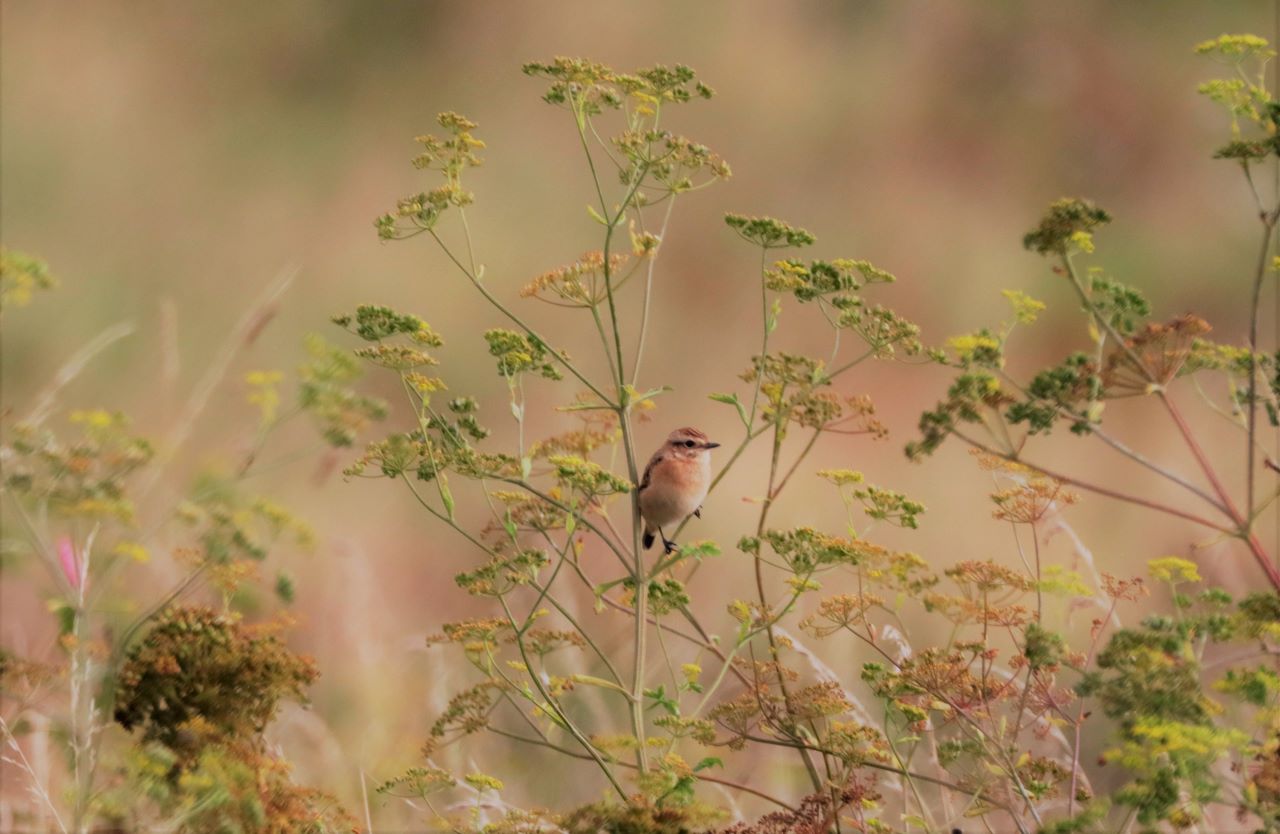
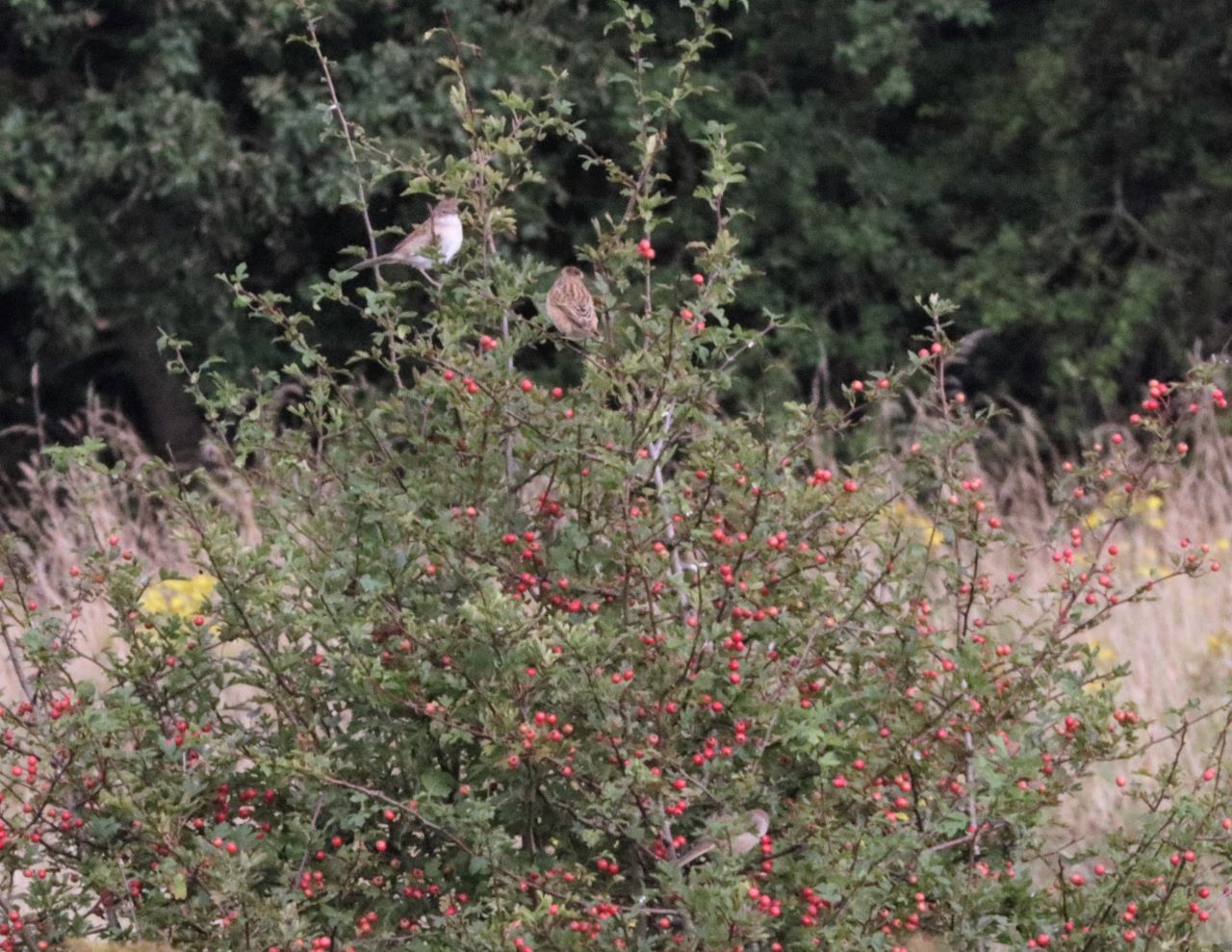
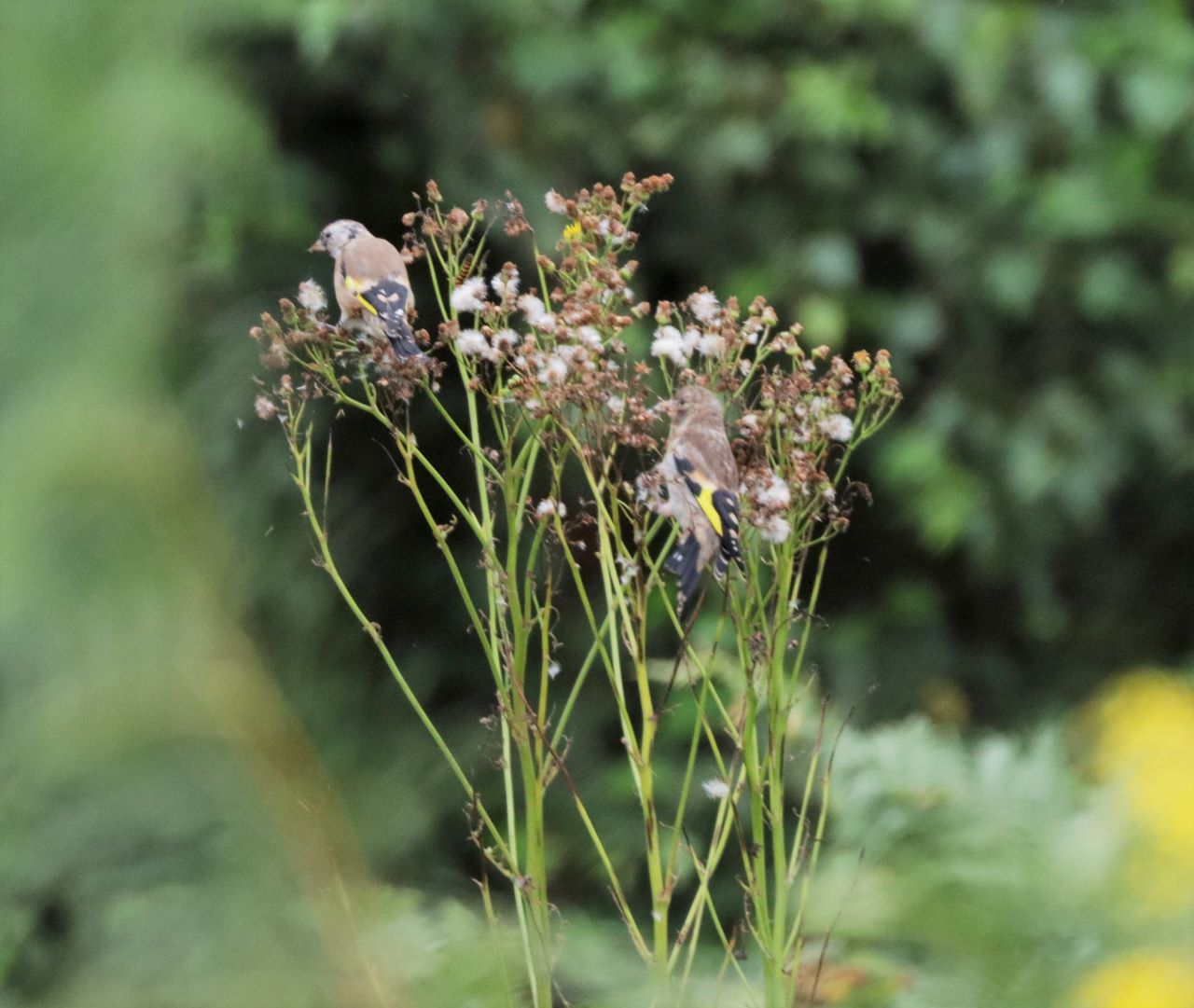

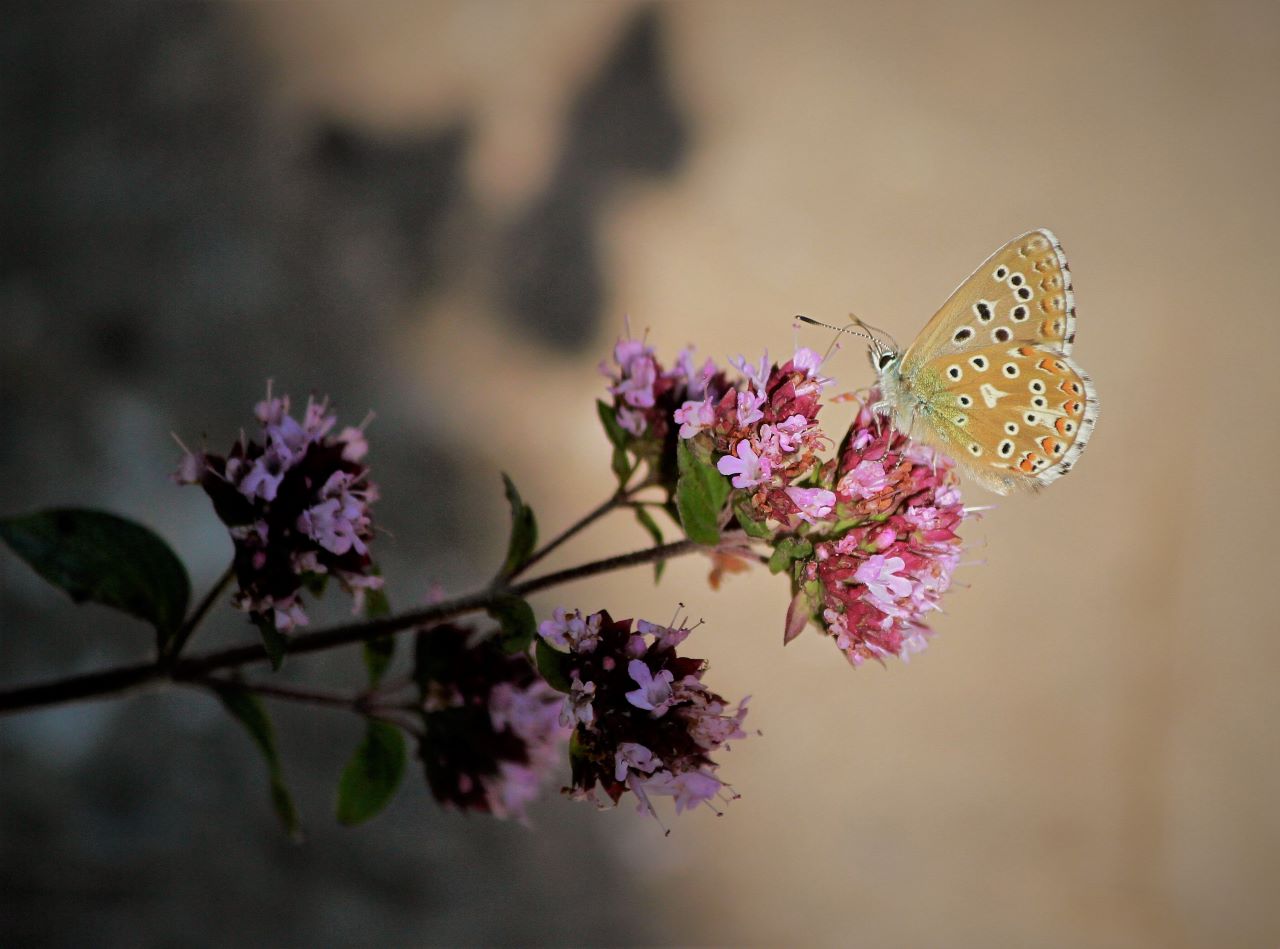
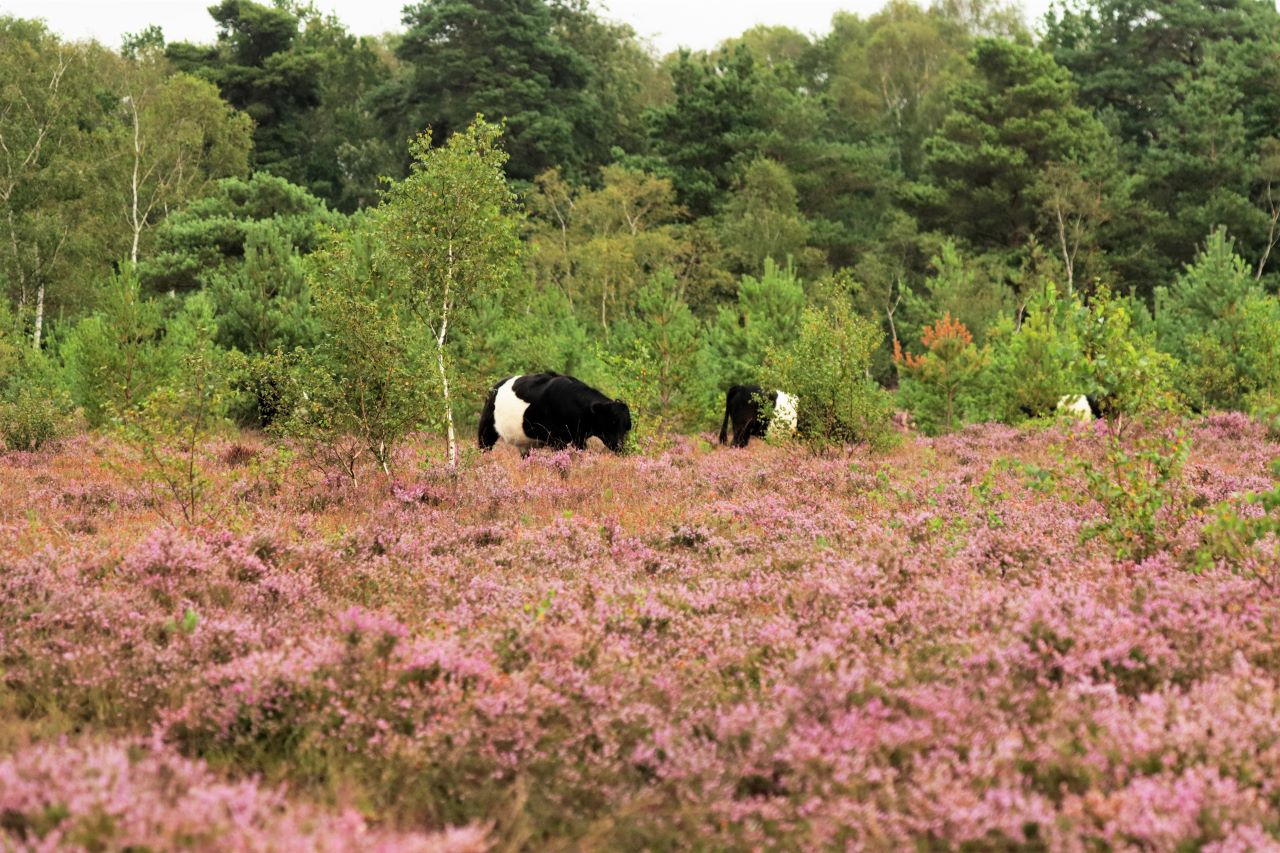

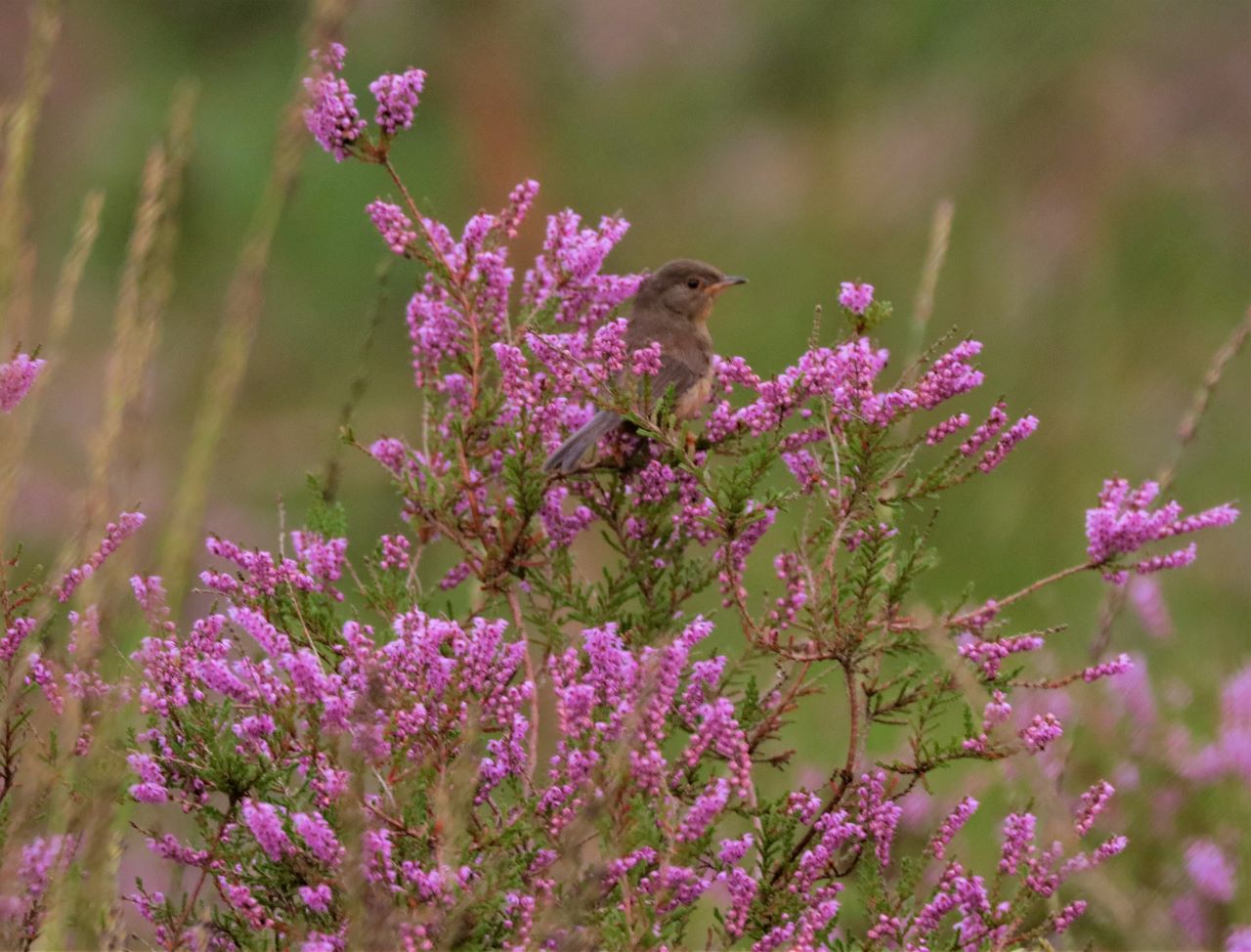
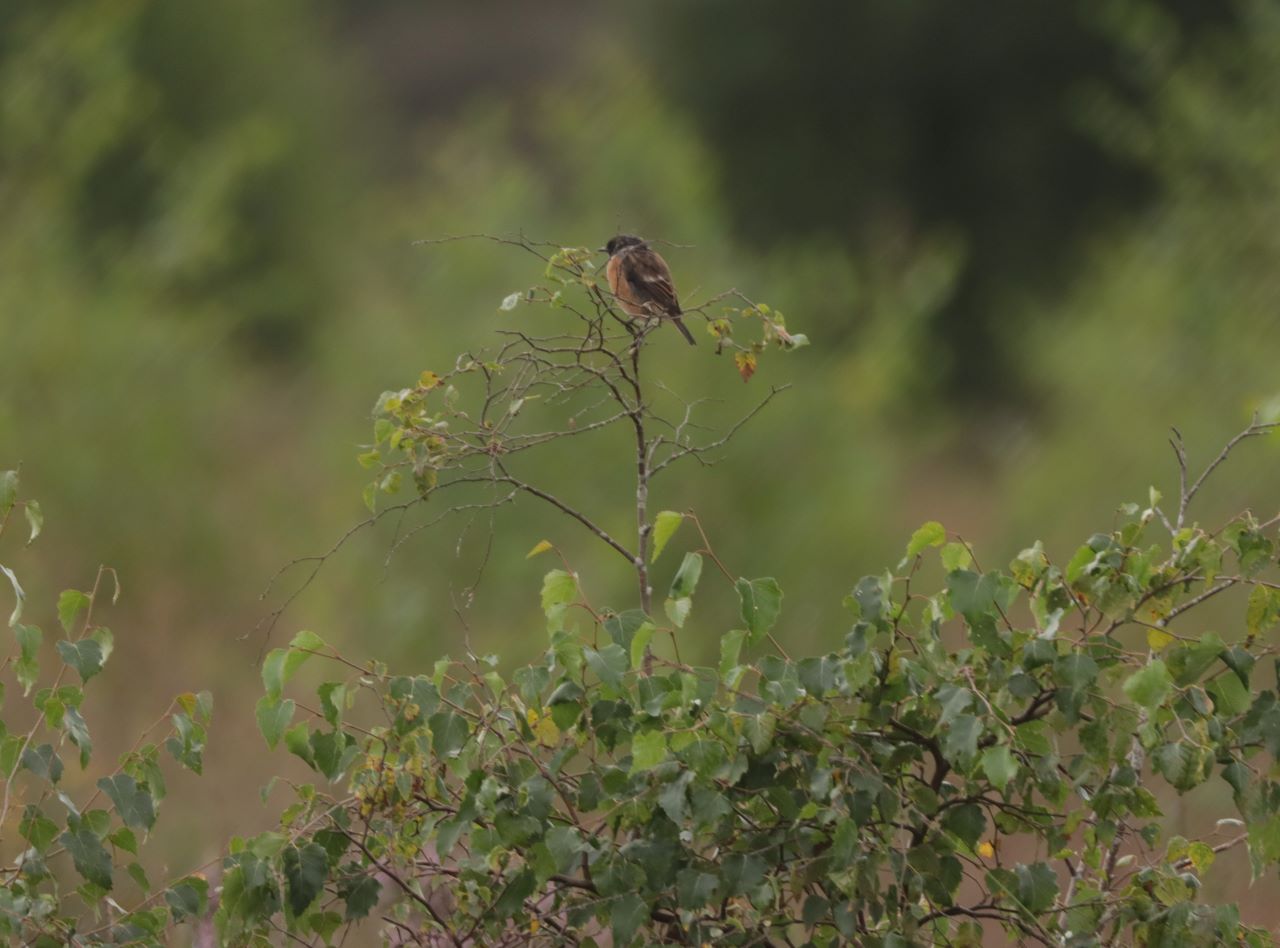
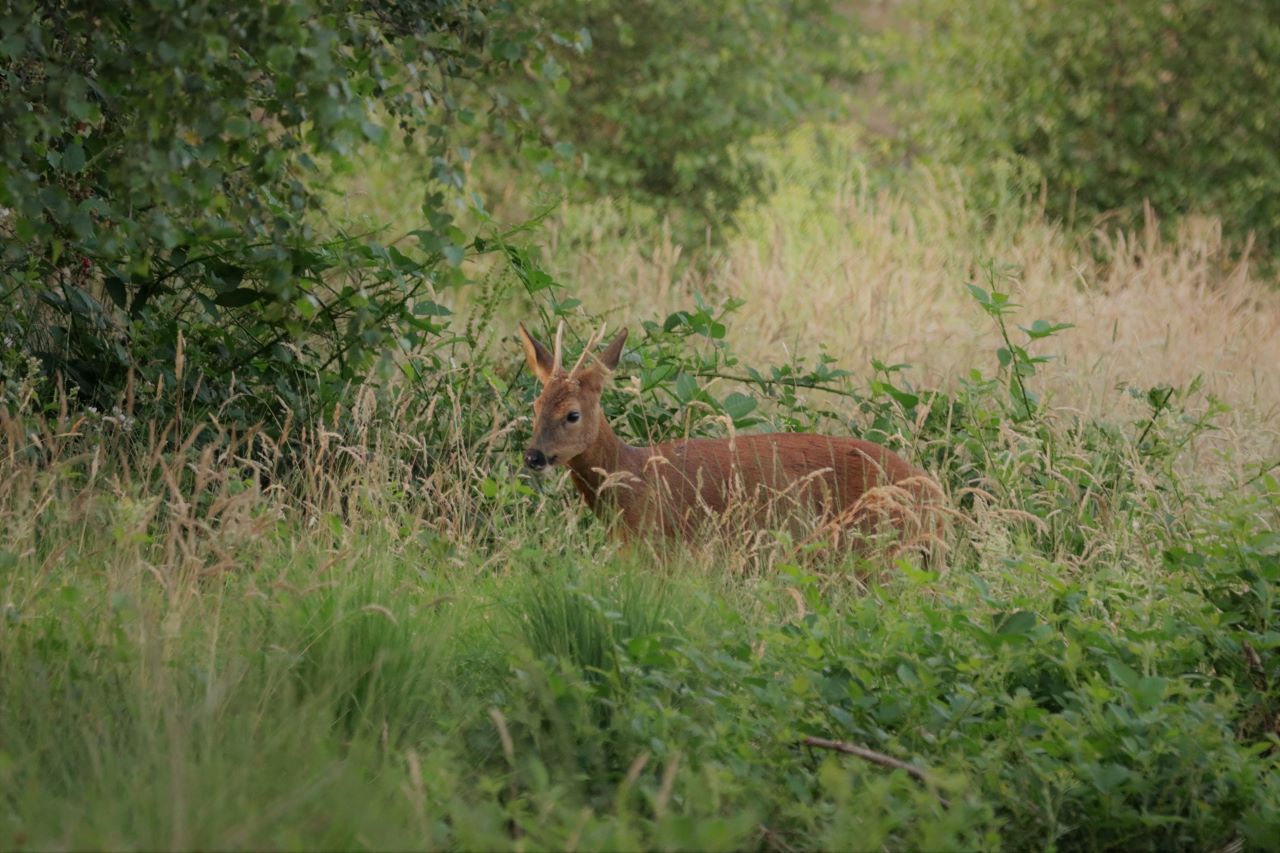
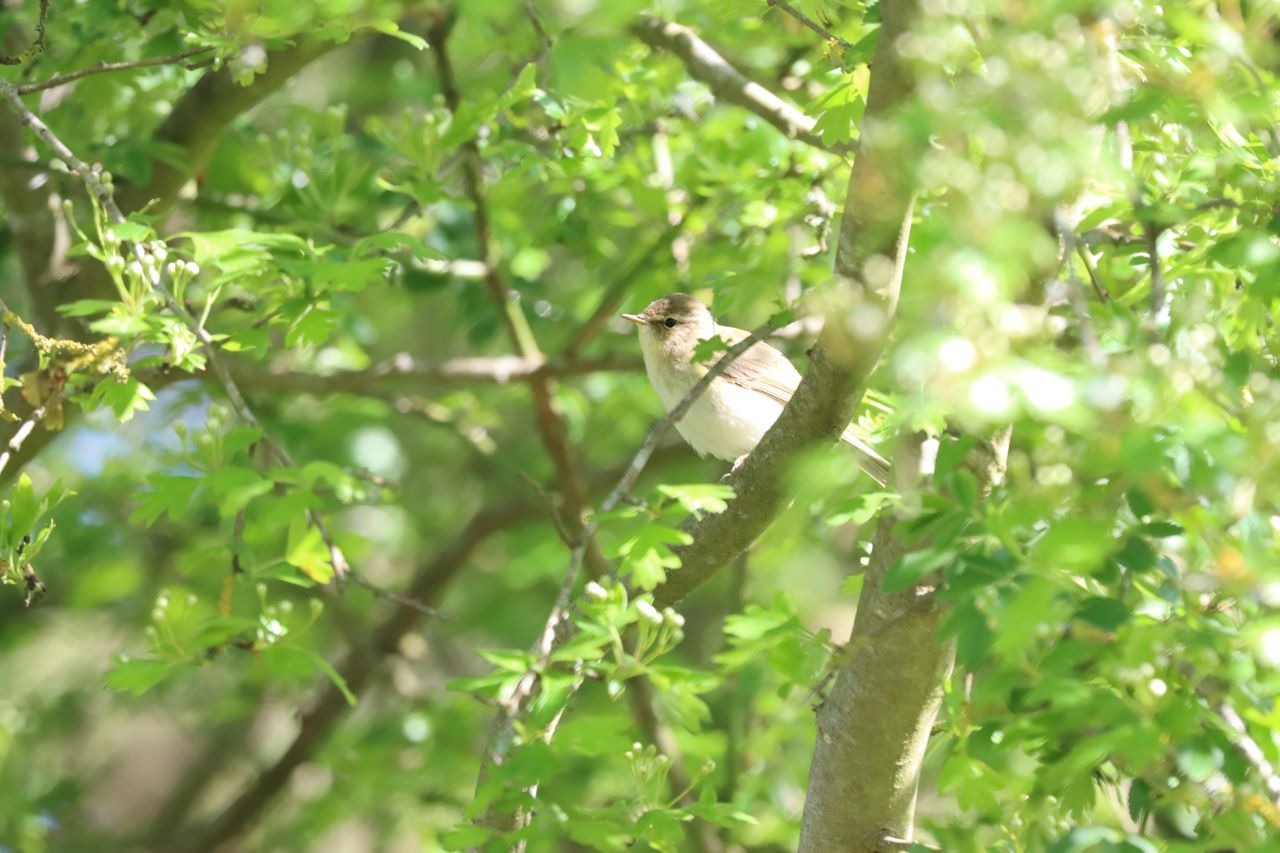
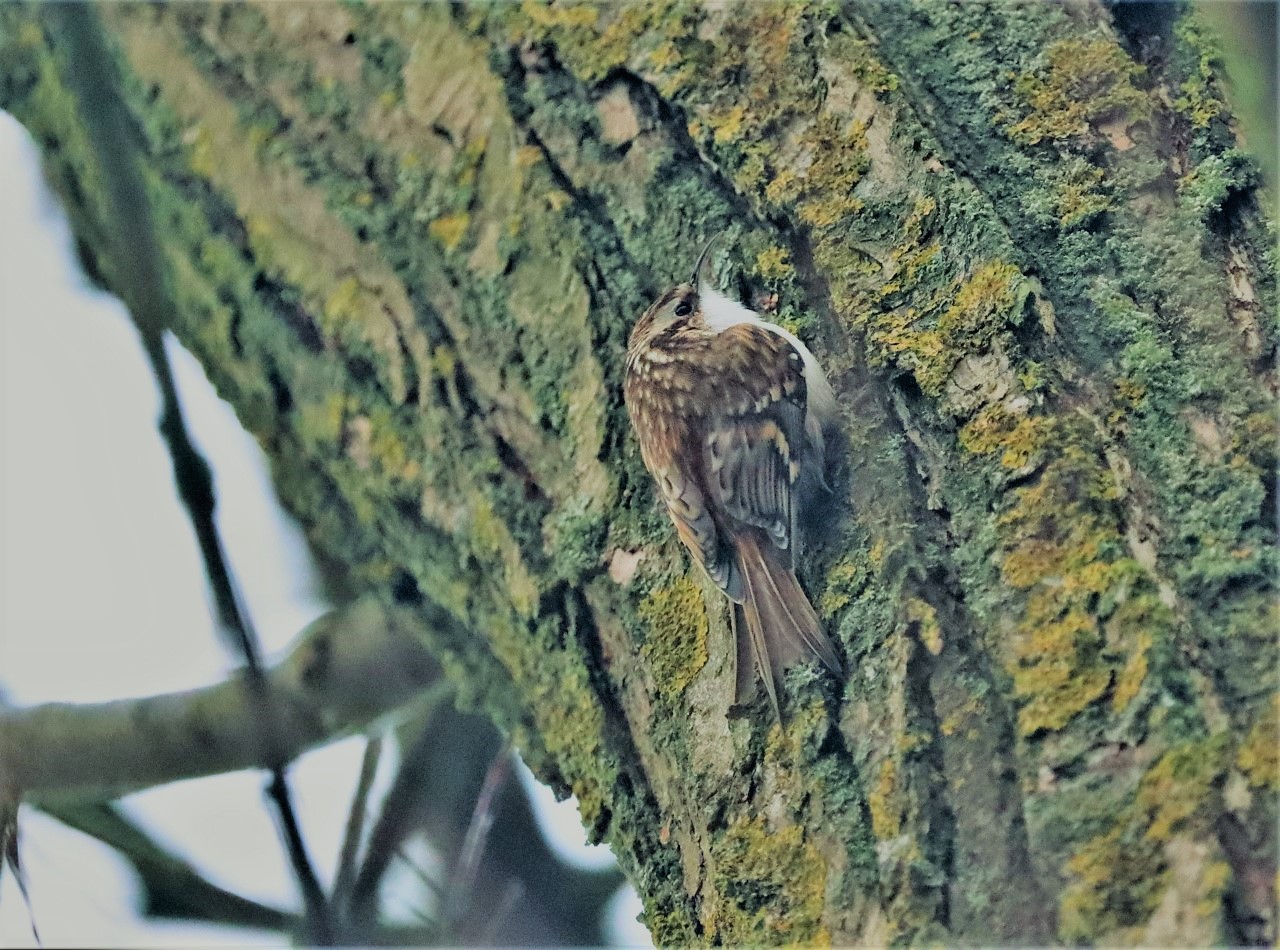
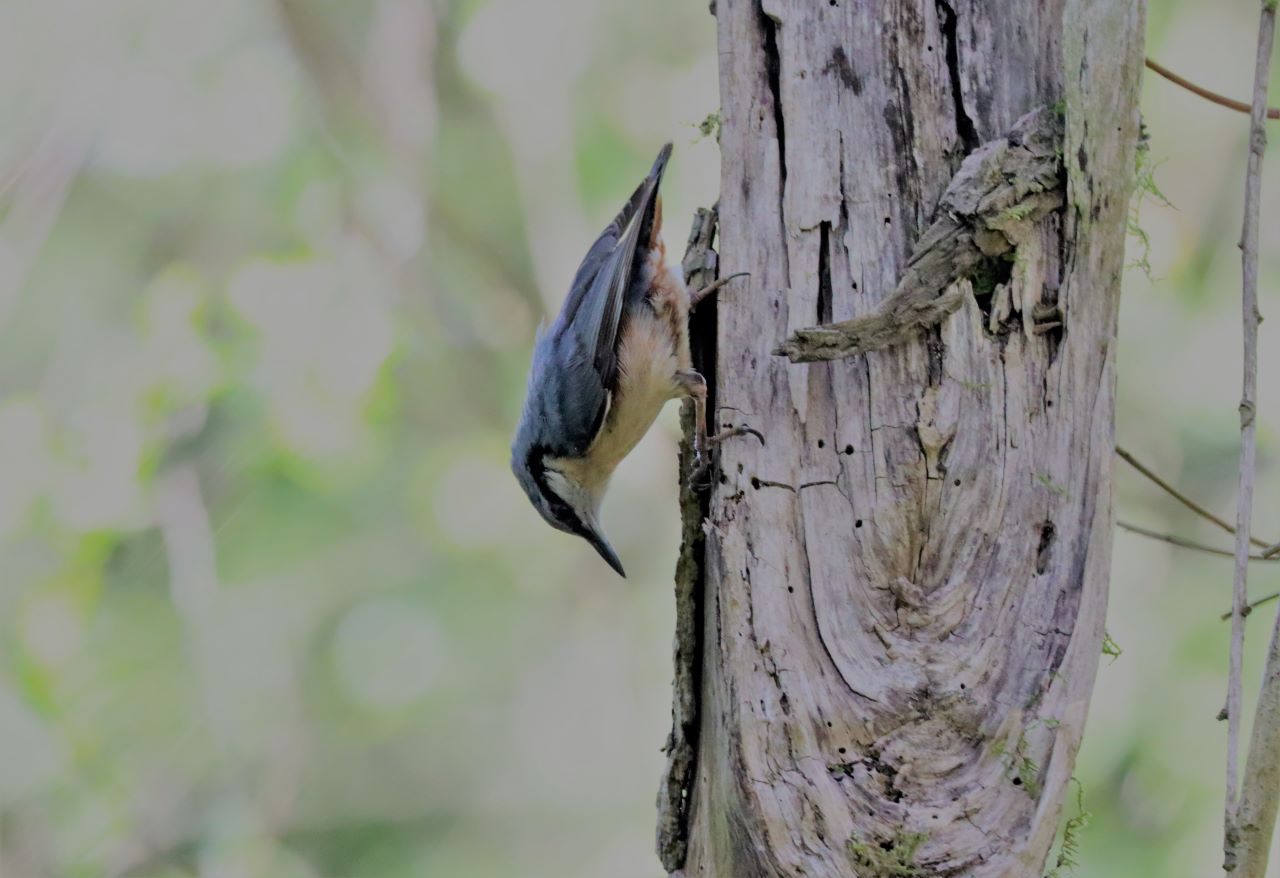





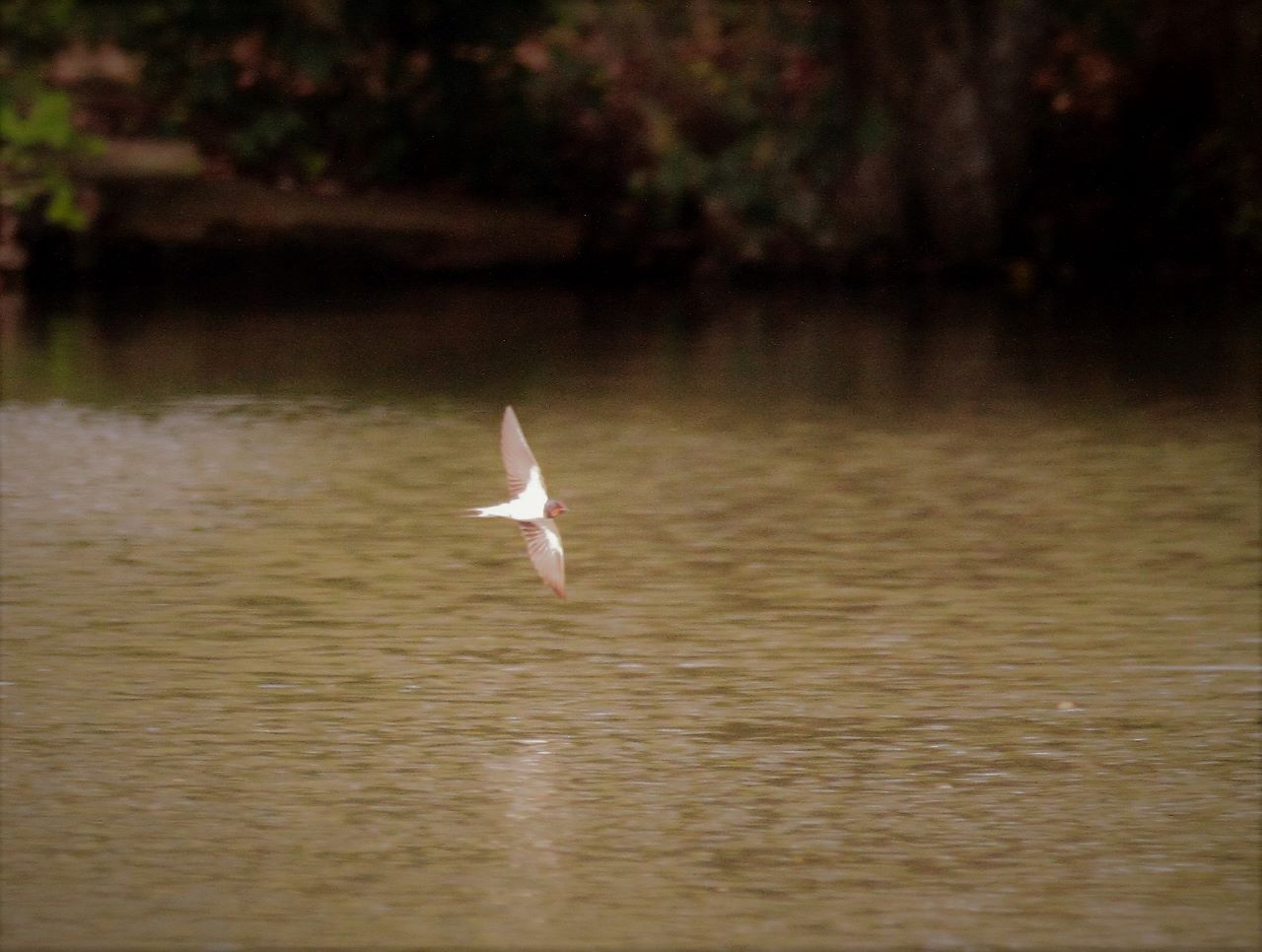
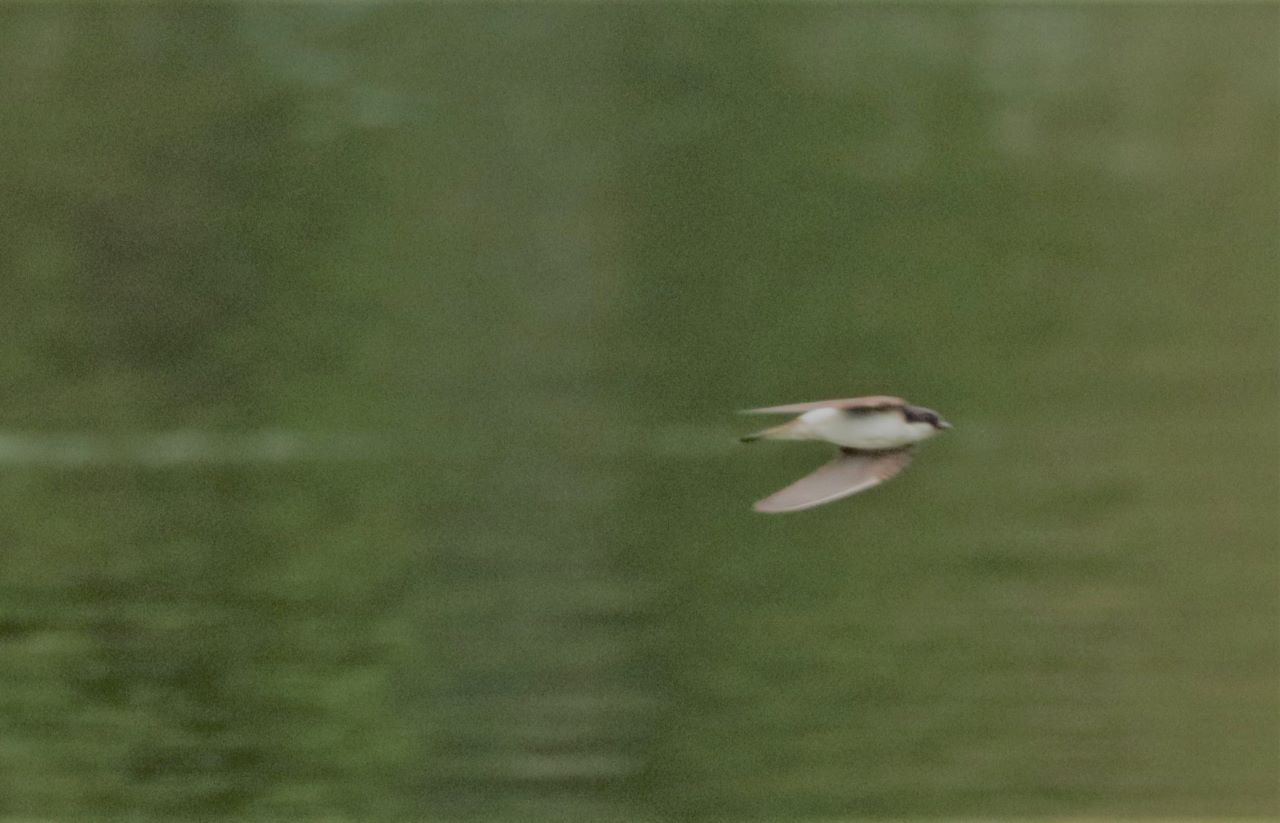
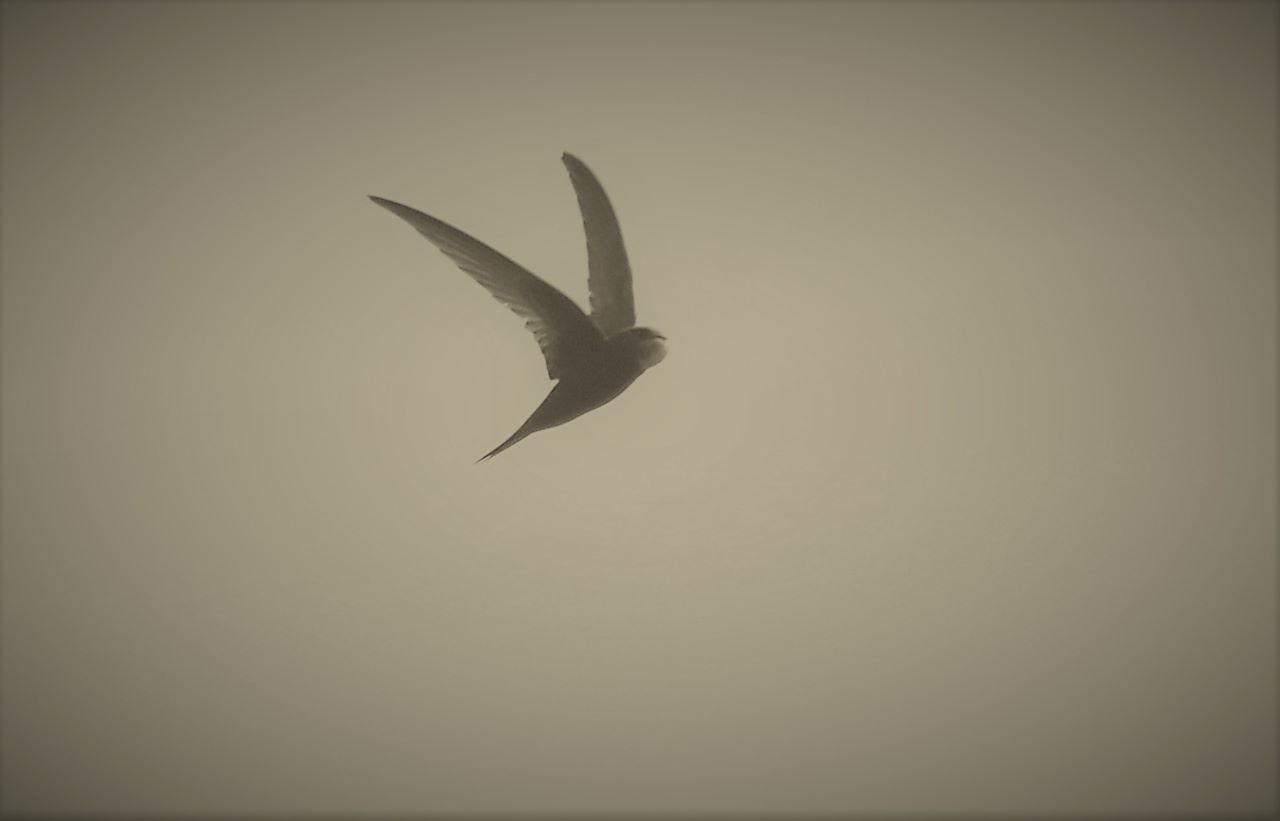

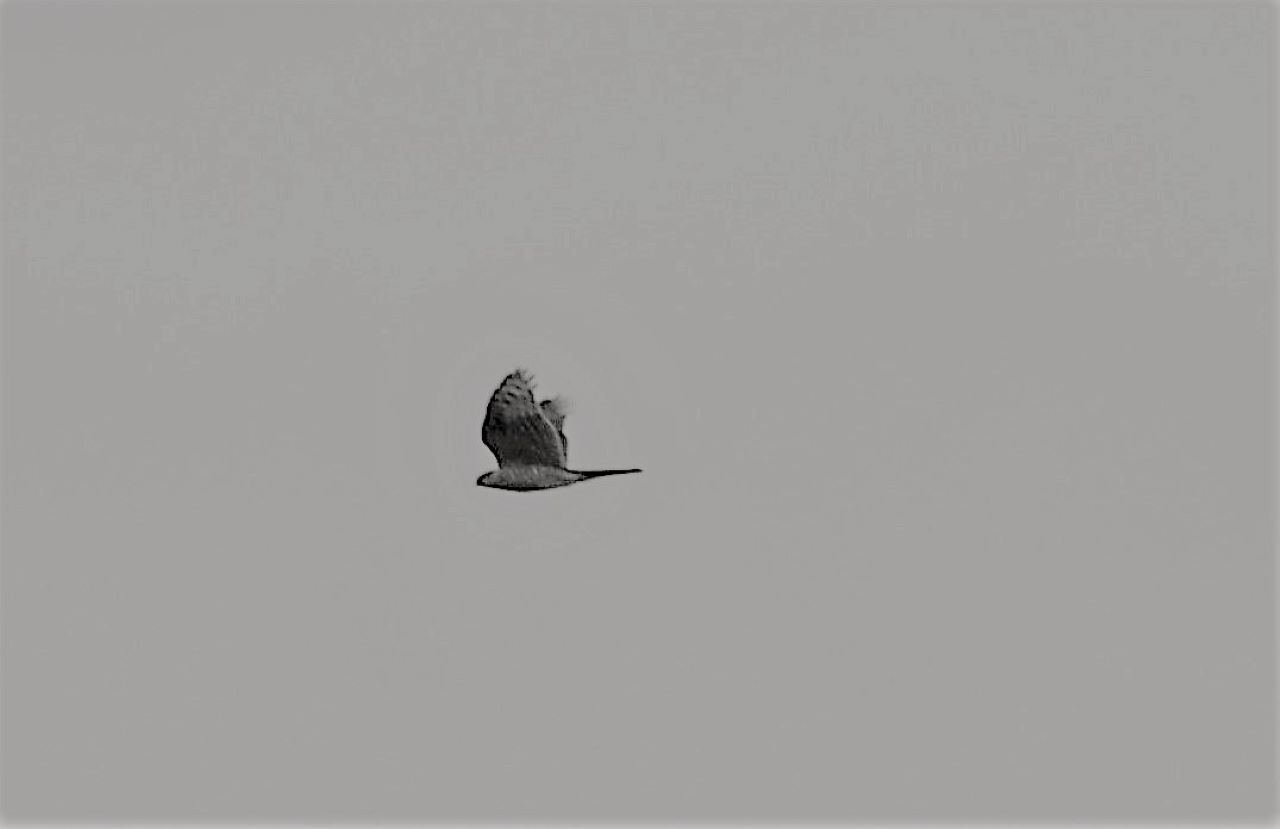
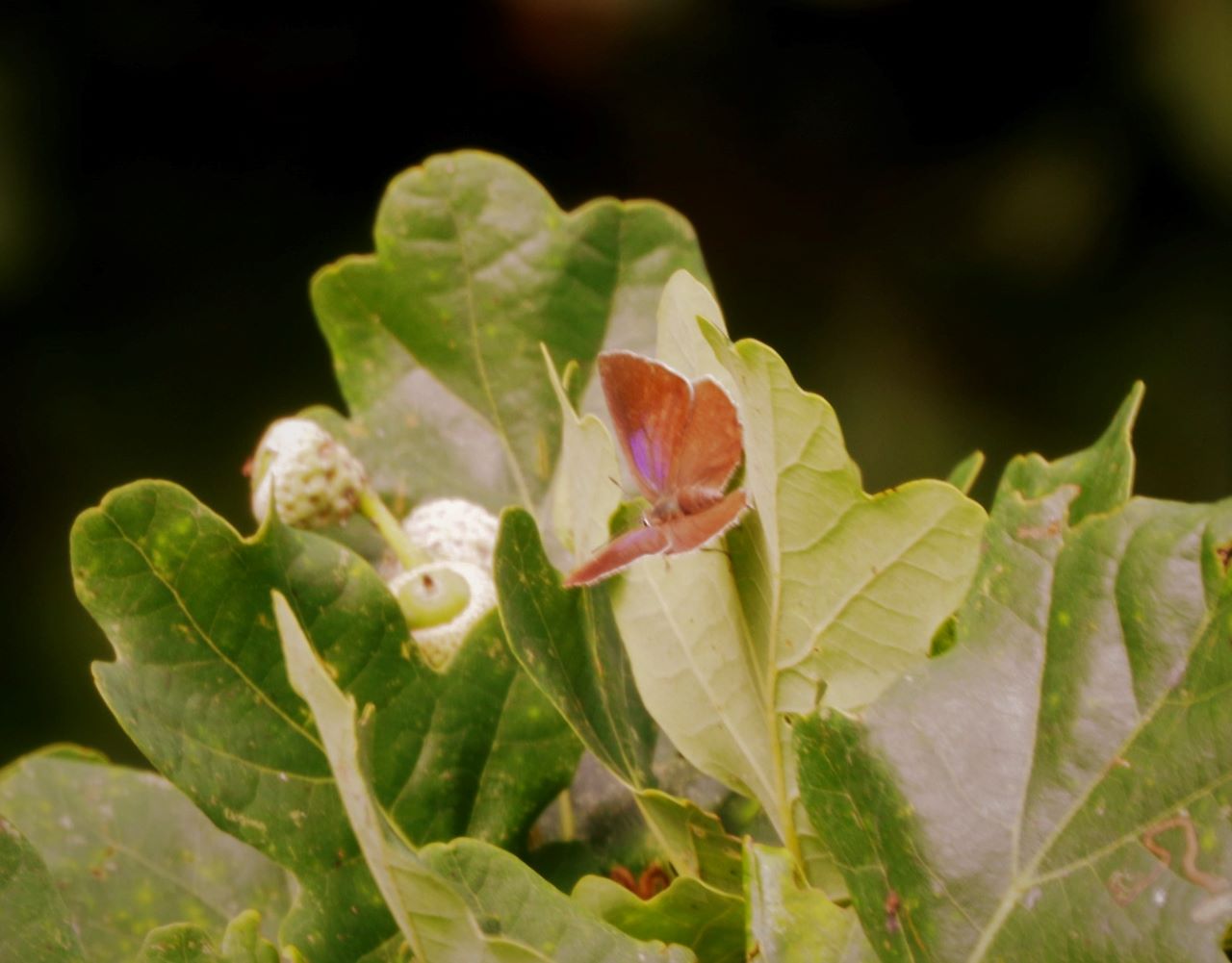
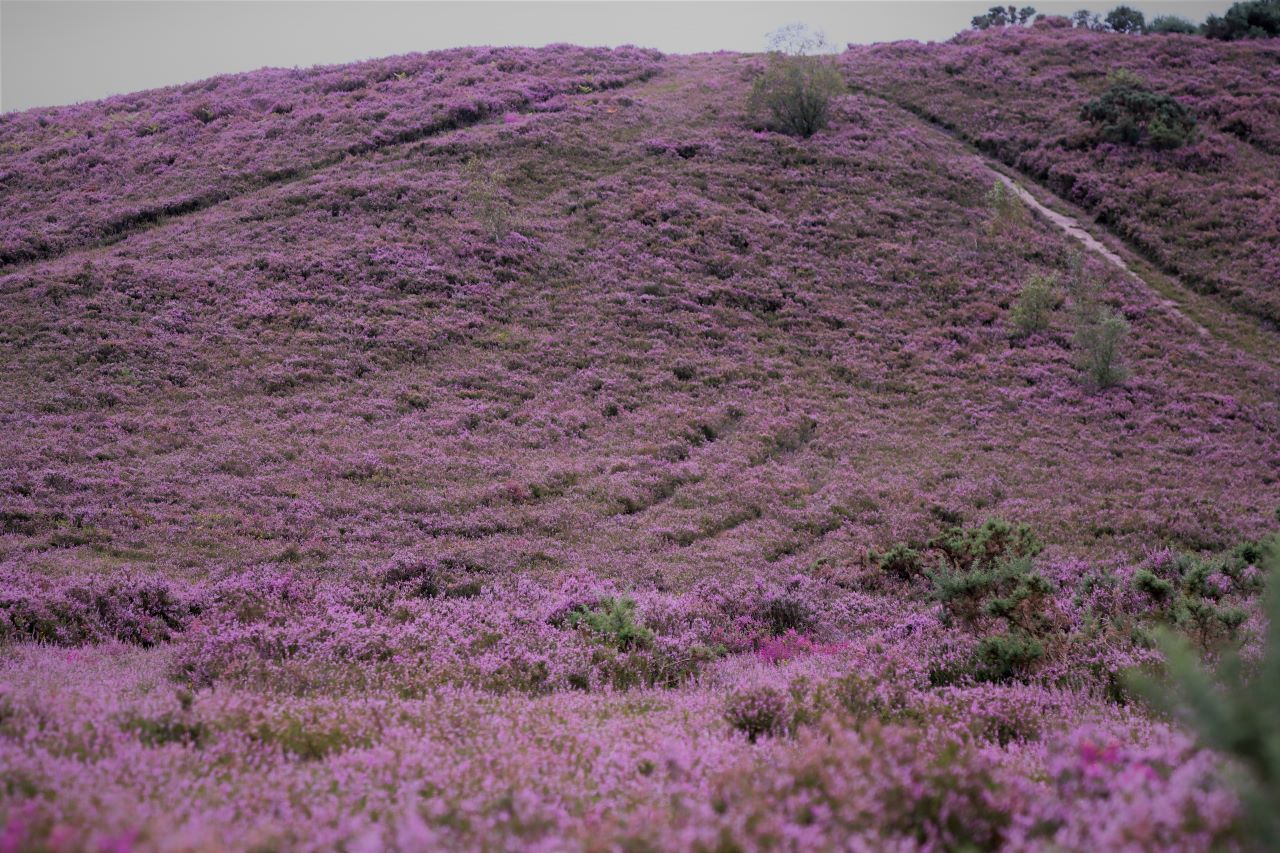


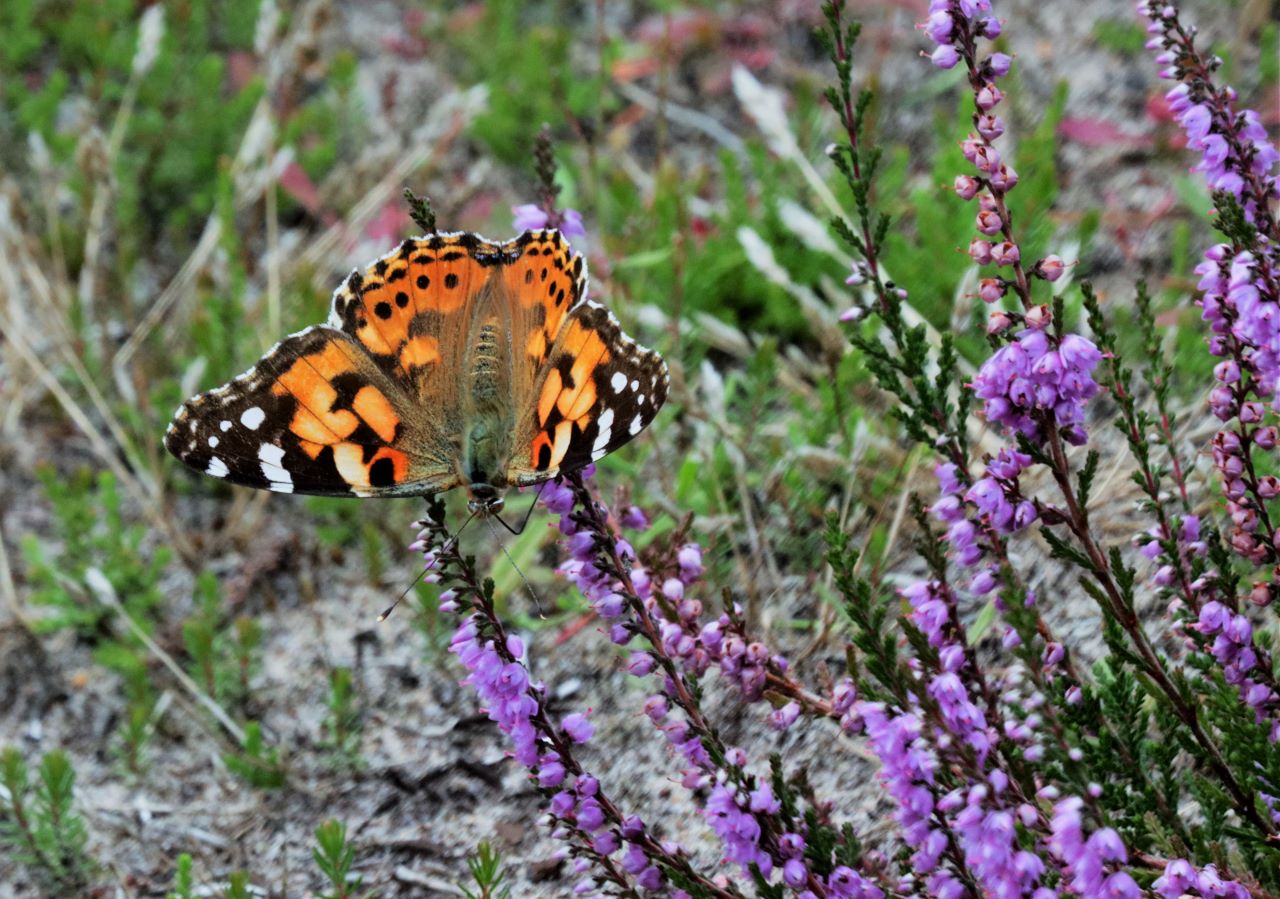
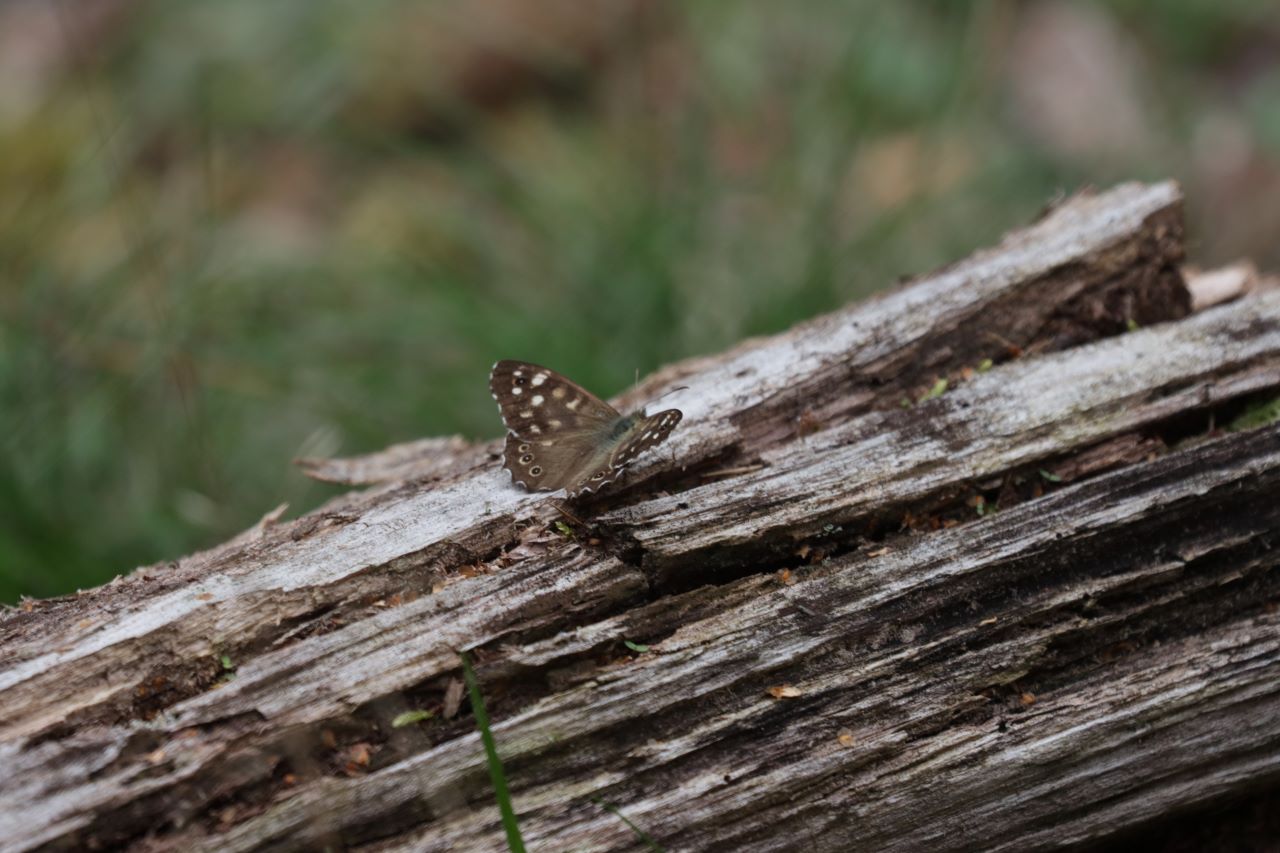
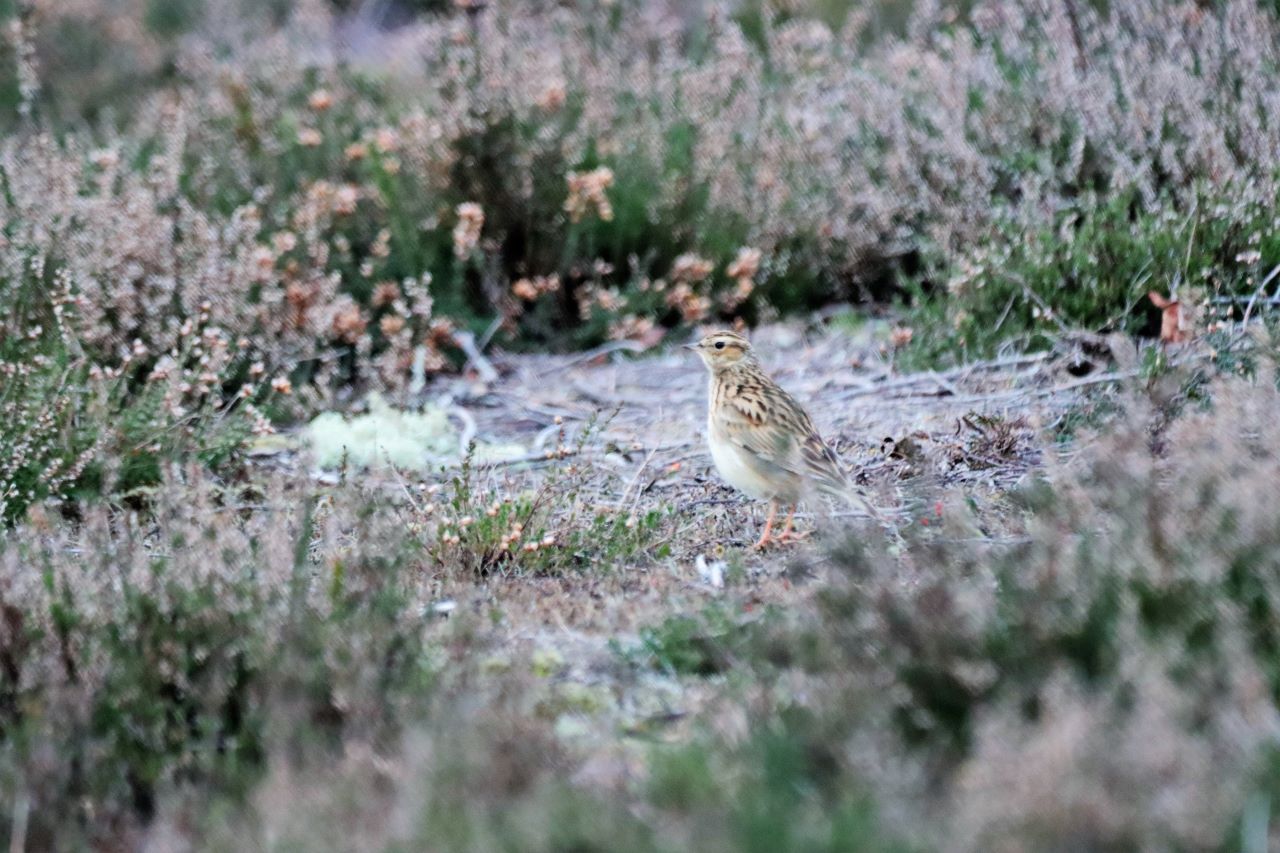
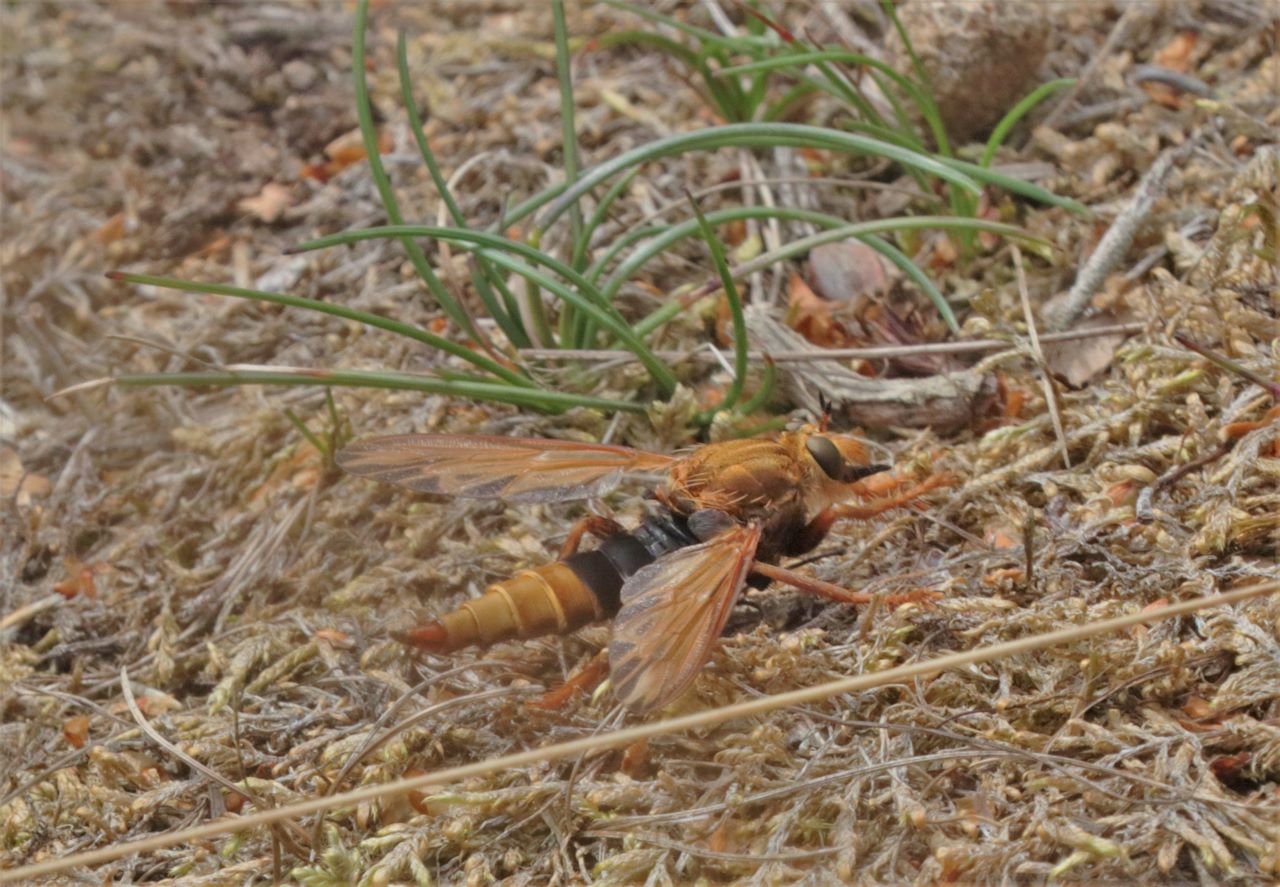


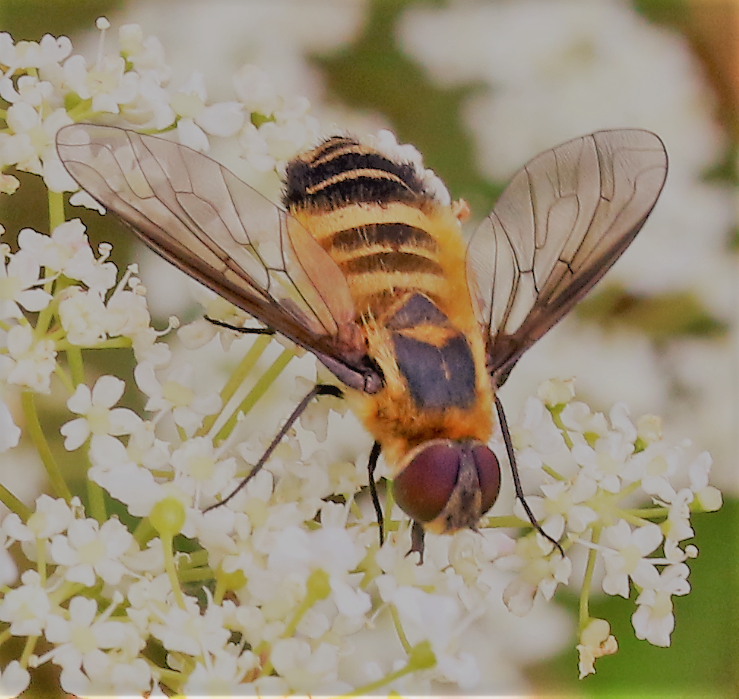

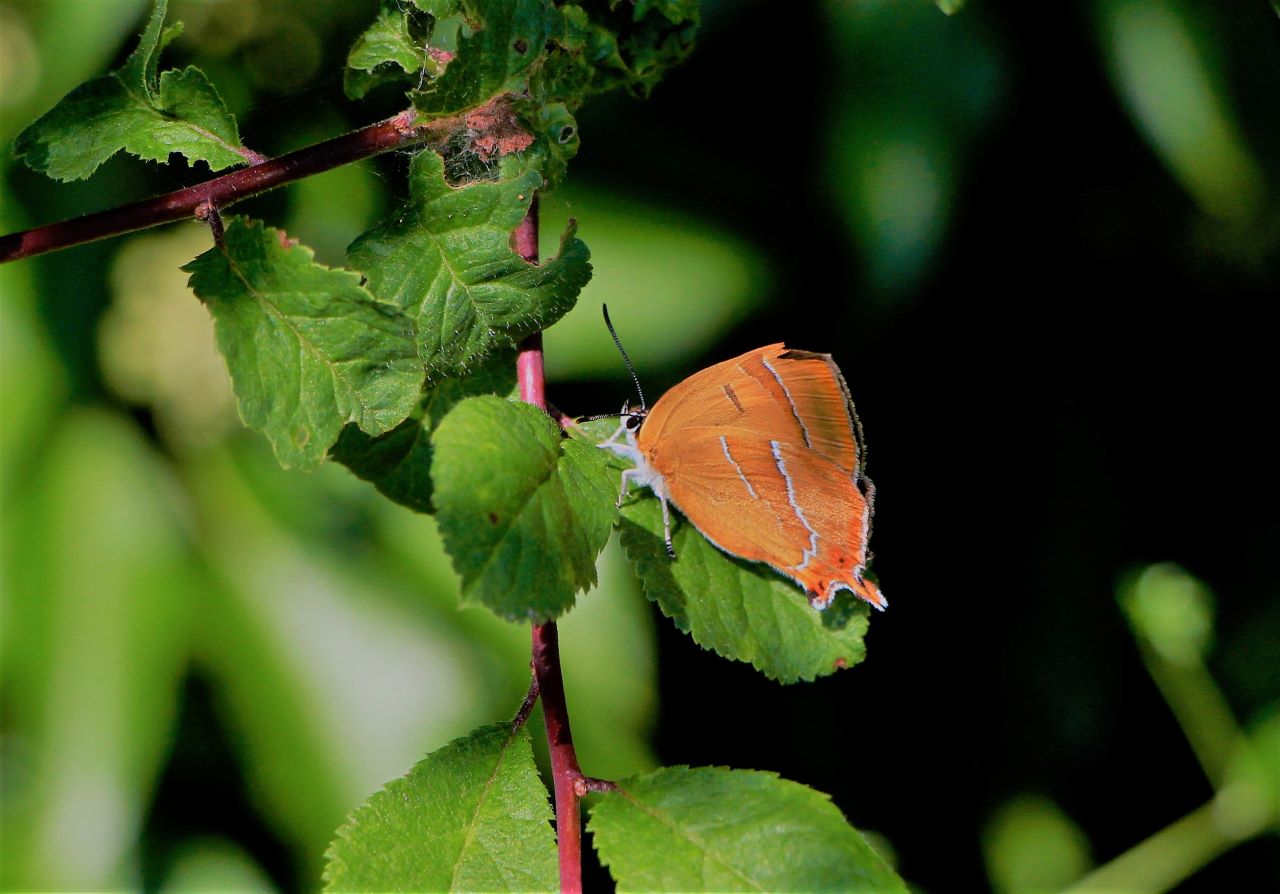

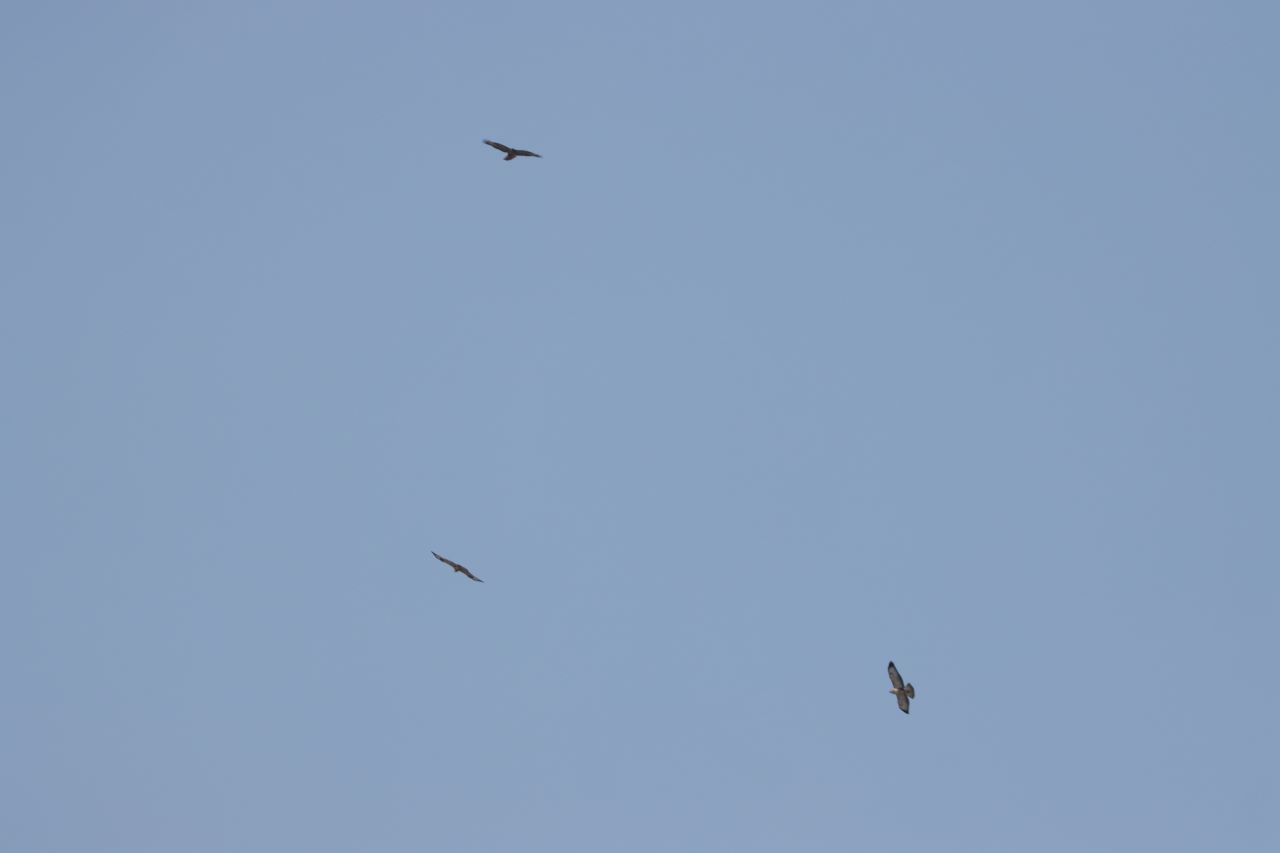

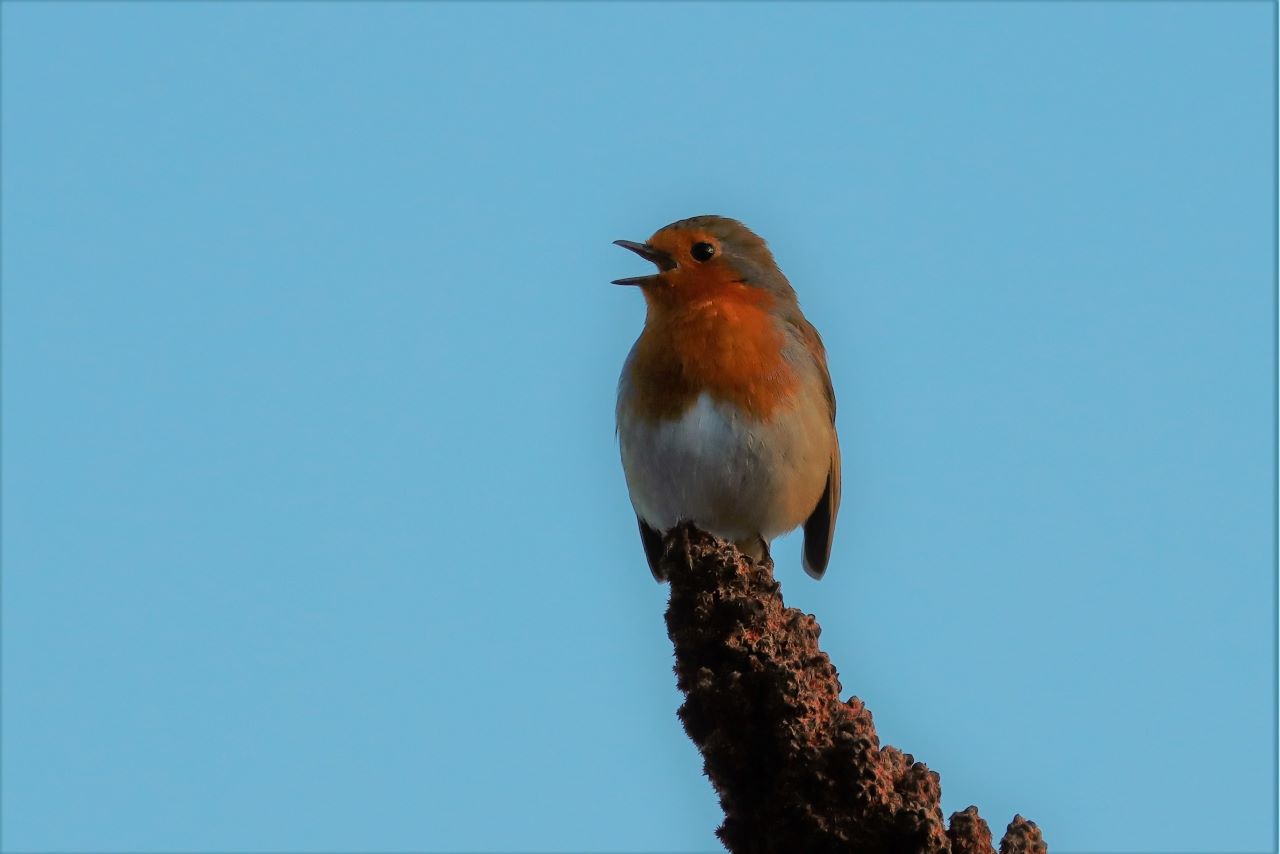



Recent Comments